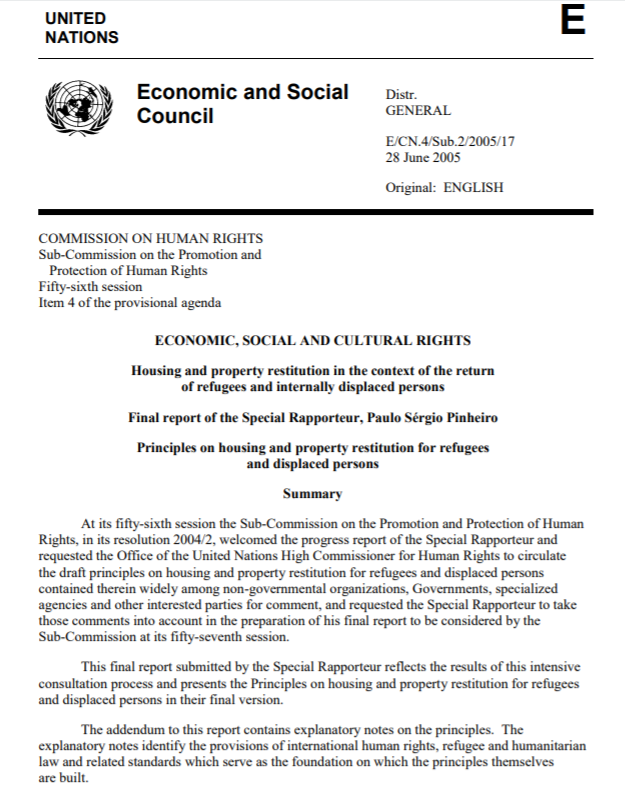Location
United Nations
The United Nations is an international organization founded in 1945. It is currently made up of 193 Member States. The mission and work of the United Nations are guided by the purposes and principles contained in its founding Charter.
Due to the powers vested in its Charter and its unique international character, the United Nations can take action on the issues confronting humanity in the 21st century, such as peace and security, climate change, sustainable development, human rights, disarmament, terrorism, humanitarian and health emergencies, gender equality, governance, food production, and more.
The UN also provides a forum for its members to express their views in the General Assembly, the Security Council, the Economic and Social Council, and other bodies and committees. By enabling dialogue between its members, and by hosting negotiations, the Organization has become a mechanism for governments to find areas of agreement and solve problems together.
The UN's Chief Administrative Officer is the Secretary-General.
Members:
Resources
Displaying 31 - 35 of 45Housing and property restitution in the context of the return of refugees and internally displaced persons
At its fifty-sixth session the Sub-Commission on the Promotion and Protection of Human
Rights, in its resolution 2004/2, welcomed the progress report of the Special Rapporteur and
requested the Office of the United Nations High Commissioner for Human Rights to circulate
the draft principles on housing and property restitution for refugees and displaced persons
contained therein widely among non-governmental organizations, Governments, specialized
agencies and other interested parties for comment, and requested the Special Rapporteur to take
Optional Protocol to the Convention on the Elimination of Discrimination against Women (CEDAW)
The Optional Protocol entered into force in 2000.
The United Nations Development Assistance Framework (UNDAF) 2018-2021 | United Nations in Sudan
Web-based indicator reporting system
Promoting Sustainable Land Management (SLM) Through Strengthening Legal and Institutional Framework, Capacity
Objectives
To develop and strengthen national policy and institutional capacity for sustainable land management (SLM) and to contribute to achieving the national land degradation neutrality target with integrated landscape management in north-western mountainous ecosystems of North Macedonia
Other
Note: Disbursement data provided is cumulative and covers disbursement made by the project Agency.
Restoration of ecosystems, integrated natural resource management and promotion of SLM in Mbuluzi River Basin
Objectives
To promote ecosystem restoration for a productive Mbuluzi River landscape and effectively managed protected areas providing critical ecosystem goods and services
Other
Note: Disbursement data provided is cumulative and covers disbursement made by the project Agency.
Target Groups
The project will provide benefits globally, nationally and locally. This project will enhance the capacity for implementation of a robust framework to manage land and biodiversity degradation in Eswatini. By strengthening Eswatini’s strategies, mechanisms, and institutions for land restoration and natural resource management at the national level, globally significant biodiversity and landscapes will be protected, and livelihoods strengthened. The strengthening of land and biodiversity management will contribute to the development of social inclusion and gender equality, foster clear and transparent provisions and strengthen the capacity for local communities to benefit from their landscape and biodiversity, thereby generating opportunities for themselves. This will also have benefits to the local communities immediately impacted by land degradation, including those deriving livelihoods from forest, protected areas and agricultural ecosystems, directly through production, or indirectly such as through tourism and ecosystem services. Additional domestic benefits generated over the baseline case will be as a result of reduced impact of climate change on economic activity. Further benefits will accrue through replication of the approaches used at the pilot sites to other sites in the country. The approach used in the project as a whole will also provide lessons and opportunities for replication in other countries in Africa.





